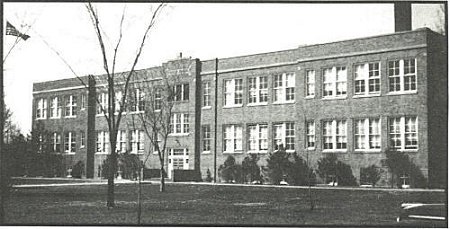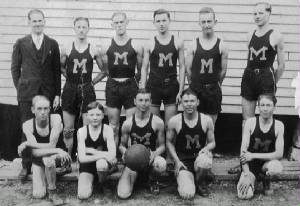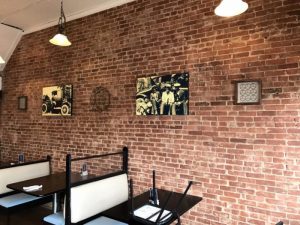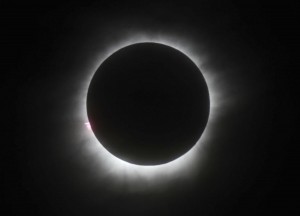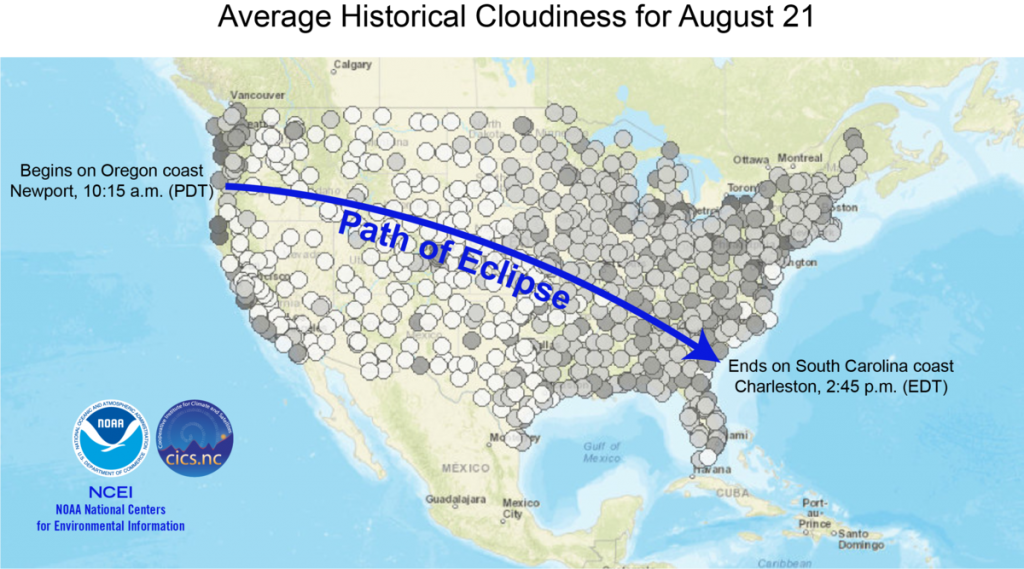https://sosharethis.com/homeless-man-asks-chick-fil-manager-food-gets-told-no-happens-next-stunning/
MURFREESBORO, TN (Heather Laskin, GoShareThis.com. Please click on the link above for the full story. Here is an excerpt below.)
NOTE: The world needs more feel good stories. I will start sharing these more.
When I am out of the area, I love eating at a Chick-Fil-A. I love the atmosphere of their stores, and the food is good and reasonable.
Truett Cathy’s business model was that he would not open his stores on Sunday. When he opened his sixth store in the Atlanta area, skeptics said he would not make not opened on Sunday.
The rapid expansion of the chain is the rest of the story. Read a touching story that happened in one of their stores.
